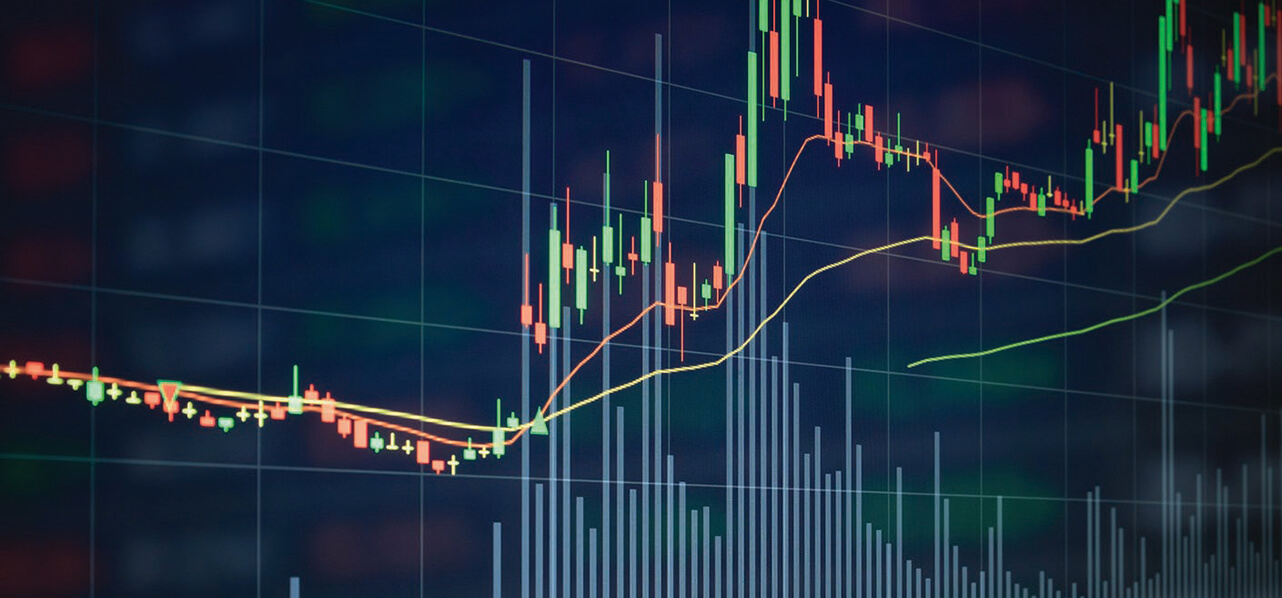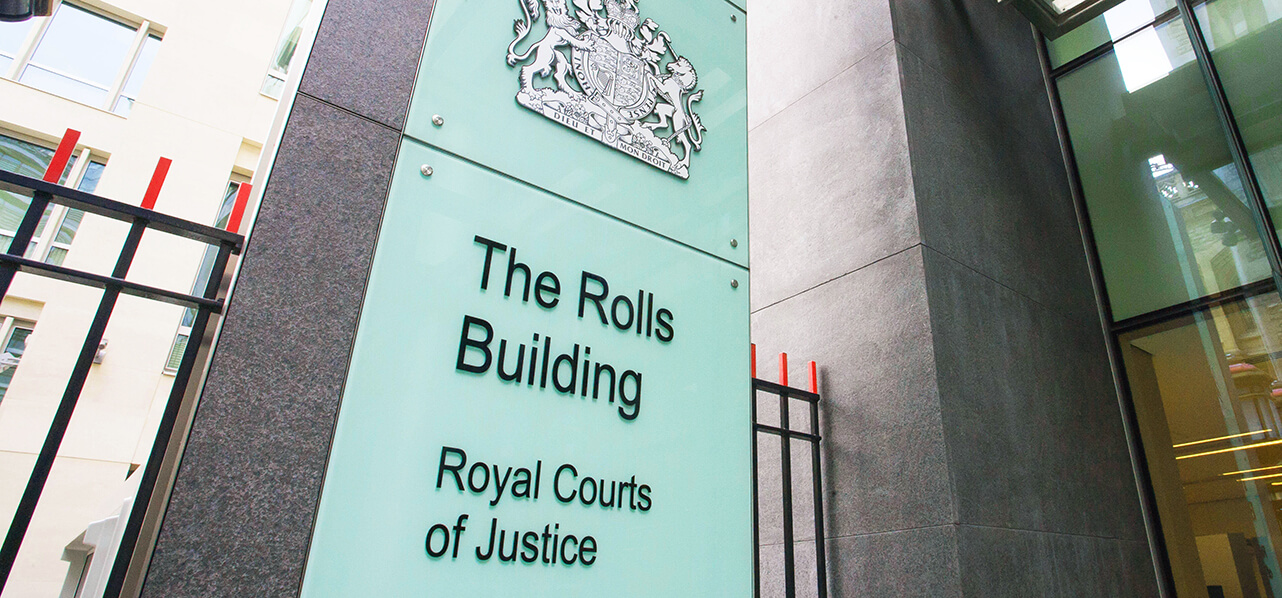Partner London
"Legal and reputational attack for alleged greenwashing."
The debate around corporate ESG credentials is heating up as the stakes get higher, amid a somewhat negative discussion of corporate virtue-signalling.
Companies are increasingly coming under both legal and reputational attack for alleged greenwashing and associated social cover-ups, including “impact-washing”. Central to a number of these claims has been the alleged misuse of carbon offsets, with action seen both in the courts and by regulators.
In addition, the proposed EU Corporate Sustainability Due Diligence Directive (CSDDD) includes a new civil liability regime which could require companies to prove that they have taken effective measures to (a) identify risk of social and environmental harms and (b) mitigate them.
Assuming these provisions make it through the negotiation stage (with differing opinions on a number of key clauses apparent between the key EU institutions), the CSDDD would apply directly to large EU companies, medium EU companies where more than 50% of turnover is generated from high-impact sectors, as well as non-EU companies with a significant turnover in the EU. (For more detail, see our earlier article: EU Corporate Sustainability Due Diligence Directive: Five Steps to Take Now.) However, it would also have a much broader effect throughout the value chain, with affected companies needing to build in contractual protections with supply chain partners, including in relation to the collection and reporting of data to enable ongoing due diligence and mitigation efforts.
As a result, businesses are now having to grapple not only with the appropriate ESG measures to take, but also how to clearly demonstrate their effectiveness and impact.
"It is not always easy to tell how much difference a company’s initiatives are actually making."
Corporate reporting: the status quo
Sustainability or impact reports are fast becoming a corporate staple, produced on a yearly basis, either as part of, or alongside, annual reports. However, behind the hopeful images and heralded success stories, it is not always easy to tell how much difference a company’s initiatives are actually making.
Some corporate reports do gather and disclose data on ESG or impact related activities and outputs, particularly in the environmental and health and safety spheres, which have been heavily regulated for a long time, meaning that data is often captured and reported and is also measurable in familiar terms that we learn at school, including number of people, litres or gallons, kilograms or tonnes.
There are a number of initiatives and measures, largely propagated by the biggest ratings agencies, which are designed to allow institutional investors to better extract comparative data on ESG risks and how these are addressed (particularly through governance structures) from narrative descriptions (see, for example, the ratings produced by S&P Global and Sustainalytics, as well as the new ISSB taxonomy currently in development). However, this will not necessarily help to placate regulators focussed on obtaining easy to understand, clear messages for consumers or civil society organisations seeking to tie corporate obligations into the framework of transnational law which binds states, particularly around the rights of indigenous peoples and other local communities.
"Insufficient to simply produce a glossy sustainability or impact report."
Increasingly, it will become insufficient to simply produce a glossy sustainability or impact report which talks in narrative terms about the volunteer work undertaken by staff, or the “number of people reached” by the work of a foundation operating under a connected name.
What difference would effective impact measurement make?
Where corporate reporting does include impact measurement, this is often focussed solely on outputs (the things which a company creates, or which occur as a result of its activities, for example, number of people attending training, number of wells installed etc.) rather than the outcomes (the result of the activities and outputs of the company, for example, individuals affected feel more fulfilled). It does not always show a direct (or any connection) between the outputs reported and the activities undertaken.
Drawing a clearer and more consistent line between a company’s activities (or lack thereof) and the positive and negative outputs as well as tangible outcomes achieved can help to:
- demonstrate meaningful progress;
- understand unintended (and often hitherto unmeasured) consequences – both negative and positive; and
- identify opportunities to improve outcomes.
"Everyone involved will get the most value from activities which are closely tied to corporate strategy."
Why don’t more companies effectively measure impact?
The last 10-20 years have seen the evolution from “corporate social responsibility” to “ESG” and “sustainability”. This development has resulted from both internal risk management advances and external pressure leading to corporates increasingly understanding that everyone involved will get the most value from activities which are closely tied to corporate strategy, creating a “win-win”.
However, where the benefits or added value sought are social, these are not so easily measurable. There will dissenting voices, outcomes are not the same across a seemingly similar group and can be affected by a broad range of factors outside the activities undertaken by the company.
But just because it is difficult, doesn’t mean that it is not worthwhile, both to show positive progress and to mitigate risks.
Would impact measurement help corporates and investors better defend themselves?
If we look across “climate change litigation” cases and how they are formulated, it becomes clear (partly as a result of legal procedural rules mandating that a claimant must have sufficient “standing” or connection with the claim brought) that most of these claims are founded on human rights issues, arguing for protection of basic rights, such as the right to property, private and family life and the protection of the rights of indigenous peoples.
"Most of these claims are founded on human rights issues, arguing for protection of basic rights."
However, many schemes currently measure their outputs solely in scientific environmental terms (for example, tonnes of CO2 sequestered). Taking carbon credits as an example (but applicable across schemes) the benefits are often measured against a hypothetical counter-factual, calculating the additional carbon sequestered which would not have occurred if the scheme had not been in place. This assumes that the scheme will continue successfully, as projected, throughout a minimum period (often around 30 years). However, many external factors will affect whether the expected benefits actually accrue, often tied into the engagement of local people in perpetuating the scheme. Whether or not this happens is in turn tied into the benefit which they will achieve themselves – meaning that many of the most successful schemes also create social value, through work (for example, in planting and maintaining crop trees or successful eco-tourism schemes) or other community benefits secured through a share in the proceeds.
These social benefits can and should be monitored, measured and curated over time, by adjusting activities and expected outcomes so that the outcome of a mutually beneficial relationship between the environmental and social aspects of a scheme is preserved. Where this has occurred, it shows a much stronger and longer lasting scheme for which it would be much harder to find a claimant group willing or able to litigate against any perceived shortcomings.
To discuss how incorporation of more holistic impact measurement could help offset legal and reputational risk in your organisation, contact the author or your usual WFW contact.



